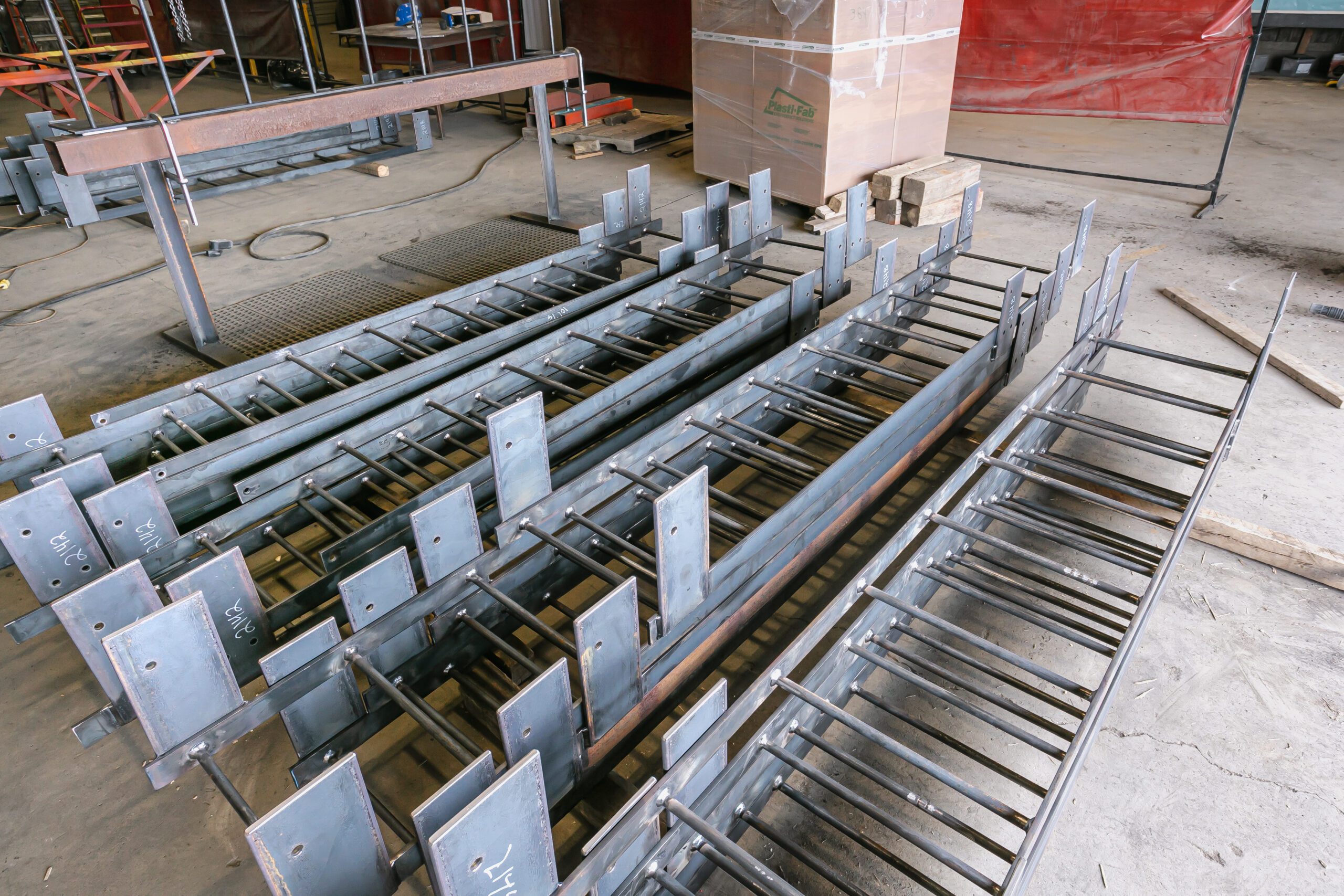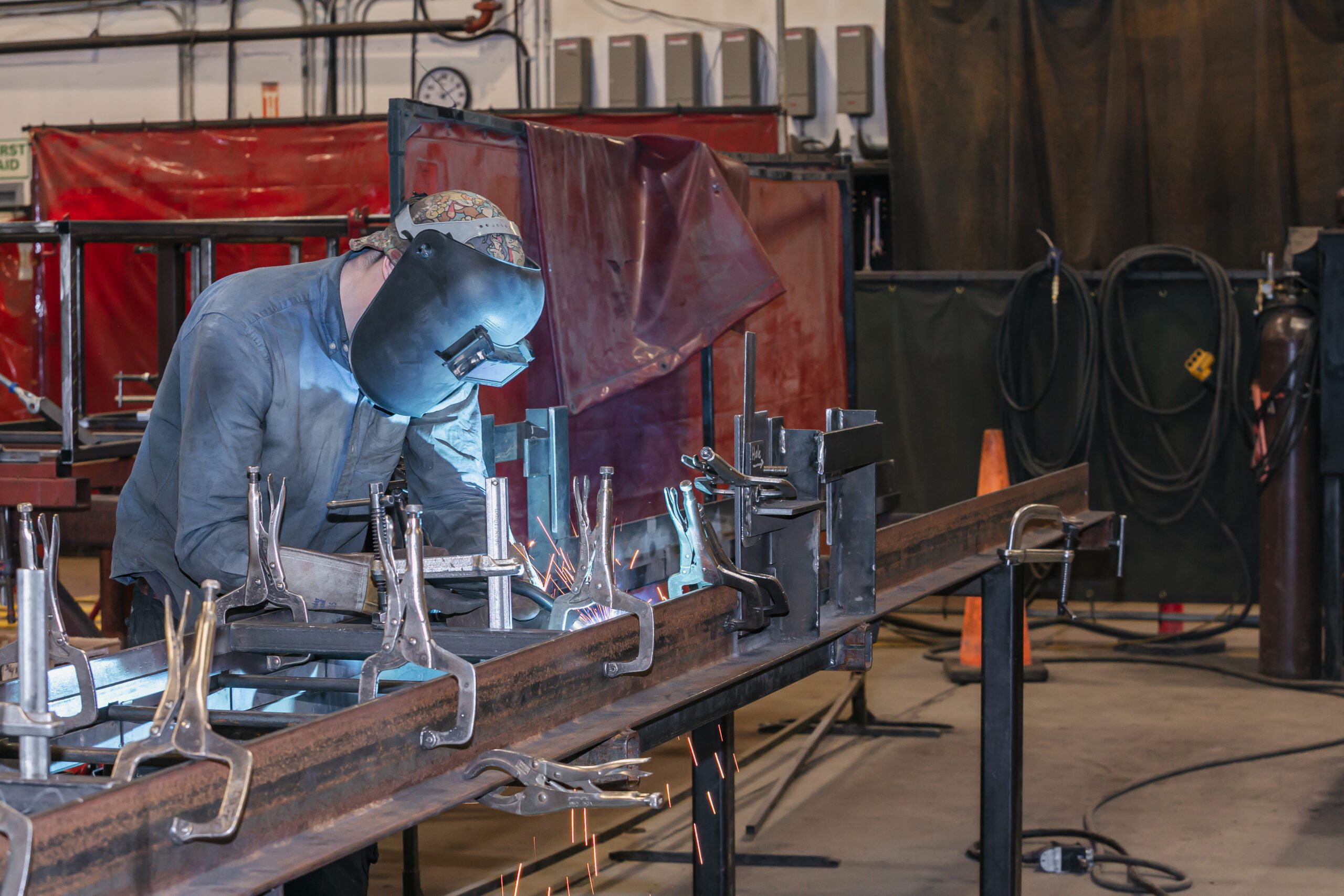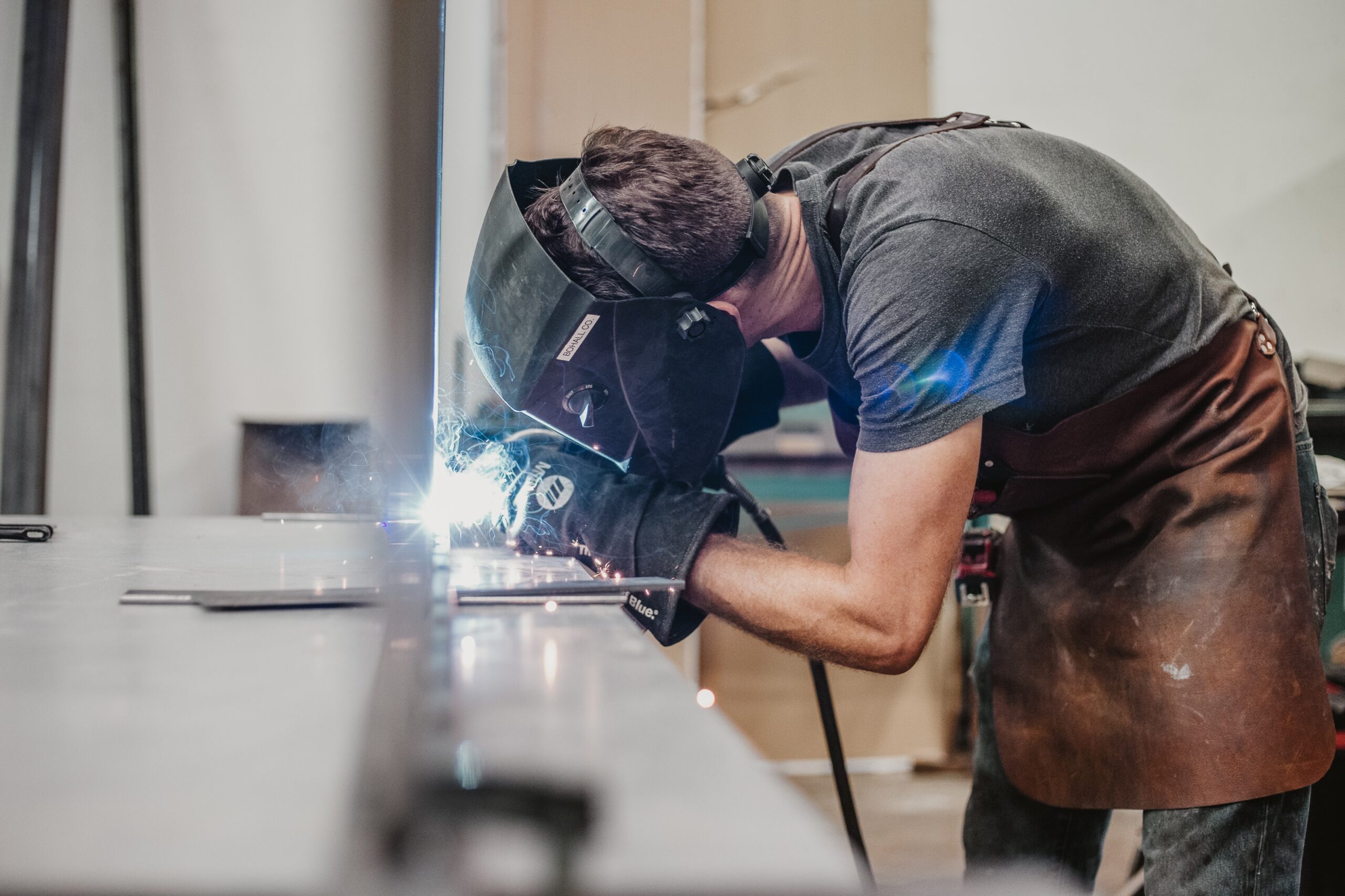Understanding the Basics of Steel Fabrication

Before you start any steel fabrication project, you must have a good understanding of the basics of steel fabrication. This includes understanding the types of structural steel, the properties of steel, and the various techniques used in steel fabrication. With this knowledge, you can ensure the success and quality of your steel projects. In this blog post, we will delve into these fundamental aspects of steel fabrication, providing you with valuable insights to get your next project on the path to success.
Types of Structural Steel

Structural steel is the most commonly used material for bridges, buildings, and large-scale infrastructure projects, particularly for production and fabrication. Structural steel is generally divided into four categories, which vary based on their chemical composition and strength levels: carbon structural steel, alloy structural steel, high-strength low-alloy structural steel, and ultra-high-strength structural steel. Knowing the different types of structural steels can help you choose the right one for your project.
- Carbon structural steel is composed of iron and carbon atoms with a carbon content ranging from 0.05% to 0.25%. It has relatively low tensile strength but offers excellent weldability and machinability properties. Carbon structural steels are often used for building frames and applications where good ductility is required.
- Alloy structural steels are composed of iron, carbon, silicon, manganese, sulfur, phosphorus, and other elements in small quantities. This type of steel has higher tensile strength than carbon steel but lower than high-strength low-alloy (HSLA) or ultra-high strength (UHS) steels. Alloy steels are commonly used in automotive components as well as construction materials due to their durability and strength properties.
- High Strength Low Alloy (HSLA) structural steels are composed of iron with a small amount of other alloying elements, such as copper or chromium, added to improve its mechanical properties. HSLA steels have higher tensile strengths than conventional alloy steels but also have improved formability characteristics making them ideal for use in automotive components or other applications where weight savings are important.
- Ultra High Strength (UHS) structural steels are composed mainly of iron with small amounts of other alloying elements such as molybdenum or titanium added to increase its tensile strength even further – up to 3 times that of conventional alloy steels! UHS steels offer superior durability compared to conventional alloys but are more expensive due to their specialized production process, making them best suited for aerospace or military applications where weight savings need to be maximized without sacrificing performance or safety standards.
The properties of steel that are important for steel fabrication include strength (tensile and yield), ductility, toughness (impact strength), and weldability. Tensile strength refers to the ability of steel to resist fracture, where yield strength refers to the ability of steel to resist deformation. Ductility refers to the level at which steel can be stretched without breaking.Toughness is the steel's ability to absorb energy before breaking. Weldability refers to how forgiving or easily steel can be welded without causing weld metal or HAZ cracking. Any cracking should warrant investigation to sort the root cause.
Techniques Used in Steel Fabrication

In addition to understanding the types and properties of steel, it is crucial to be familiar with the various techniques used in steel fabrication. These techniques include cutting, welding, forming and shaping, and finishing.
Cutting:
Cutting methods such as sawing, shearing, and plasma cutting shape steel into specific sizes and dimensions. Precise cutting is important in order to achieve accurate and clean edges for successful fabrication.
Welding:
Welding is a fundamental process in steel fabrication, where two or more parts are fused together by means of heat, pressure or both forming a join as the parts cool. Common welding techniques used in steel fabrication are, SMAW, FCAW, MCAW, and GMAW. Each having pros and cons and specific use cases depending on the project requirements. Proper welding techniques and procedures are essential to ensure strong and durable welds.

Forming and Shaping:
Forming and shaping techniques involve bending, rolling, and pressing steel into desired forms and profiles. These processes are crucial for creating structural components such as beams, columns, and plates. Skilled fabricators utilize various tools such as hydraulic presses, rollers, and bending machines to achieve the desired shapes and dimensions.
Finishing:
Once the fabrication is complete, finishing touches are applied to the steel. Finishing techniques include surface treatment and coating to enhance the fabricated structure's appearance, durability, and corrosion resistance. Standard finishing methods include sandblasting, painting, powder coating, and galvanizing. These techniques provide aesthetic appeal, protect the steel from environmental factors, and extend its lifespan.

Whether you are involved in construction, manufacturing, or any other industry that requires steel fabrication, having a solid understanding of these basics will empower you to make informed decisions, communicate effectively with fabricators, and ensure the success of your projects.
Are you in need of reliable and high-quality structural steel fabrication services? Look no further! Contact Flynn Bros Projects today and experience exceptional craftsmanship and professionalism in every project. Our team of skilled fabricators and technicians is ready to assist you with all your steel fabrication needs. From designing and fabricating to installation and finishing, we provide comprehensive solutions tailored to your specific requirements. With years of experience and a commitment to excellence, we deliver exceptional results that meet the highest industry standards.
Don't settle for anything less than the best when it comes to your steel fabrication projects. Contact Flynn Bros Projects now and let us bring your vision to life. Visit our website or give us a call at 1 (780) 939-3000 to discuss your project and request a quote.
Stay Connected with Us!
Follow us on our social media channels to get the latest updates, exclusive offers, and behind-the-scenes content. Join our community and be part of the conversation!
